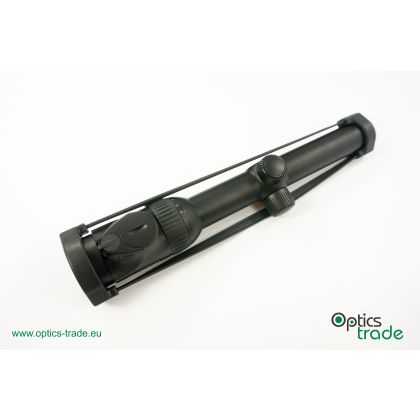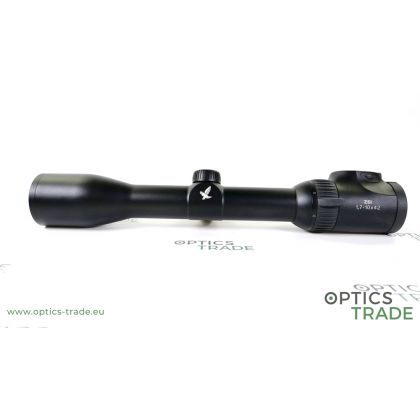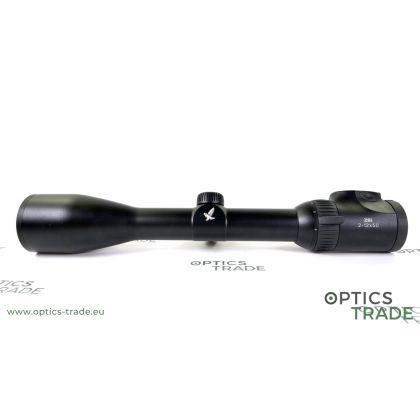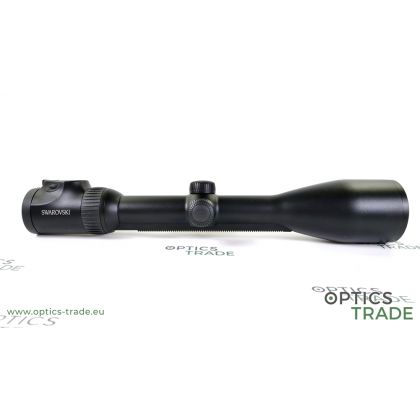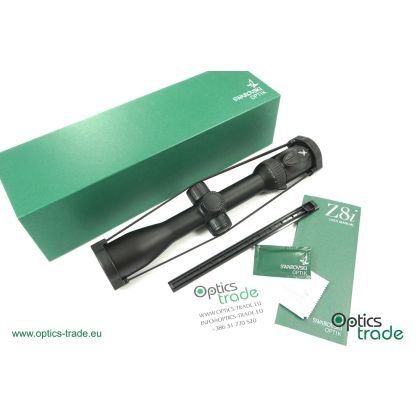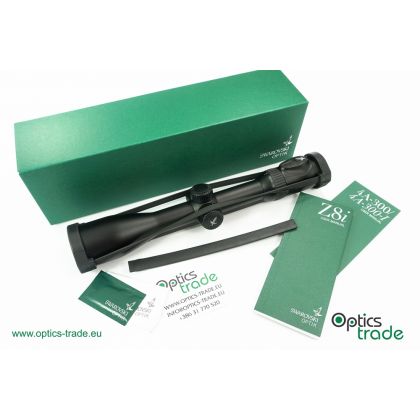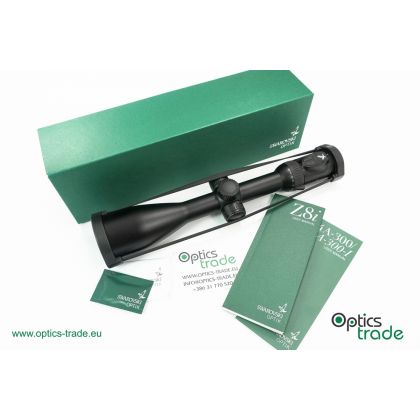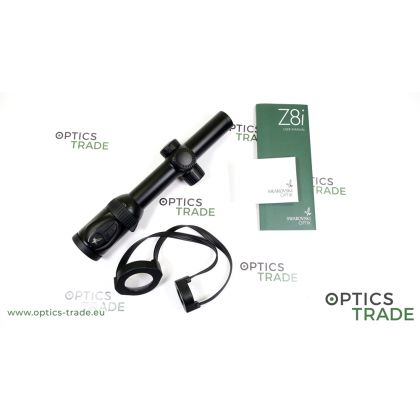Mounts
Rifle scopes with SR rail
Sub Categories
Introduction
While most of rifle scopes are still being installed on rifles using mounting rings, we have to admit that using mounting rails is far better solution. This is probably the reason why all premium European manufacturers of rifle scopes provide solutions with rails nowadays. There are several different rails provided by these manufacturers on the market.
First rail standard that was presented to the market in the past, was LM rail, also known as prismatic rail. All the important European scopes could have been bought with this type of rail. However, this type of rail is outdated because drilling was needed when placing such rails on rifles. Swarovski’s modern answer to previous rail standards today is their own SR rail.
Properties of SR Rail standard
There are some rail standards on the market which have hollow rails – Zeiss ZM/VM or S&B Convex rail, for example. SR rail is one of them – one mounting part can be actually put inside the rail and the other part clamps the rail from outside.
Swarovski’s rail is a bit different from the others, because it has "teeth" on the bottom side that practically work as recoil stoppers. Quite an amazing solution, isn’t it? All manufacturers that produce mounts for SR rails have the same "teeth" on their mounts to grab the rail. It is good to know that if the mount is made from two parts, only one part of it grabs the rail, while the other part is more or less loose. This is the effective solution to get rid of pressure and tension.
Pros
Rail mounts are without exception more robust and reliable than others. Swarovski’s SR rail really shines among others when we are talking about recoil. This rail is especially appropriate for hard kicking calibres, because of its "teeth" that work as recoil stoppers. Very important advantage is that during mounting, there is no stress or tension applied to the scope tube. Therefore, damage is prevented.
One of my favourite advantages of railed scopes is that perfect horizontal level can always be achieved without much effort or effort at all. This feature is really important when shooting long range – to achieve precision, the scope just has to be perfectly aligned in horizontal direction. If this is not achieved, point of impact will move sideways when clicking the elevation turret, which must be avoided.
When choosing a rail scope, the mounting process will leave no marks on the scope if the scope is later moved to other rifle or removed from the rifle.
Cons
Railed scopes might end up a little higher in some cases, compared to scopes that are installed with mounting rings.
As a rule, railed scopes are probably more expensive in most cases, compared to scopes without rails.
Brands that use this Rail standard
Swarovski’s SR rail is not widely used among other manufacturers. It was patented in 2002 and introduced in 2005 by Swarovski Optik. Today, only Swarovski’s rifle scopes are available with SR rails (plus one exception from Kahles). However, this changed from the past – in the past, Kahles also used this rail standard with many of their products, but nowadays it is used only by Swarovski Optik and only one exception from Kahles – model Helia 2,4-12x56i.
It is important to mention that Kahles was purchased by Swarovski Optik back in 1974, in 1977 Kahles became a branch of Swarovski Optik, in 1989 Kahles Limited again became an independent company within the Swarovski group and once again, in 2017, Kahles was again brought into the Swarovski advertising and sales programs.
Conclusion
All mounting solutions with rails are far more reliable, compared to rings, and SR rail is no exception. Perfect position of the scope is guaranteed even after thousands of shots fired and one of the reasons for it is wise design of small "teeth" on the lower part of the rail. We suggest that if you are in a position where you can pick between railed scope or scope without mounting rail, you should always choose a railed one. With this solution you may avoid negative pressure or tension which might damage the scope after a while and you will get a robust solution, for sure. Nevertheless, you will have no issues with finding the perfect horizontal alignment while mounting it on the rifle.
Swarovski enjoys a high reputation on the market which additionally means that all manufacturers of mounts produce their mounts for SR rails (even though only Swarovski and one exception from Kahles use them) among other solutions.
Filters
Sort
Filters
Sort
